Beijing Blog Part 2: Man-made Lakes and Busy Alleyways
June 2, 2009-(Beijing Downtown Backpacker’s Accommodation – Beijing, China)
One look down Nan Luo Guo Xiang (literally South Nanluo Road) and you can immediately see that it’s a local hotspot for native Beijing residents. Just ask the Chinese drama stars and professional photographers that constantly tour the street. The Road isn’t really a road though, it’s more of an alleyway barely wide enough to fit two cars through, and it’s usually packed with shoppers, cars honking their horns, and various business establishments selling everything from clothes by private fashion designers to bars and coffee parlors.
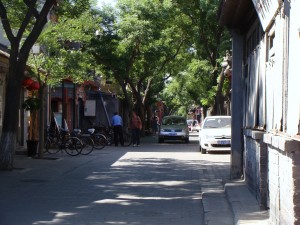
Looking south on Nanluoguxiang. The area is famous for its vibrant nightlife among the historic hutongs of Beijing.
This is also where I’ll be staying for the next couple days.
The Beijing Downtown Backpacker’s Accommodation is a fairly mid-sized hostel located among the hutongs of Beijing. Hutongs are traditional houses of Beijing complete with a wall, courtyard, and several buildings. I’ll be honest, the hostel took me by surprise at first. The toilet literally is located in the middle of the shower. Not kidding, the middle. And the water at any given time is either icy cold or scalding hot. But like most things in China, the location is to die for.
Today, my mother and I visited the nearby Houhai. Houhai, which literally means the back lake, is one of many man-made lakes adjacent to the Forbidden City. Houhai especially is known for being located in the middle of the Hutongs. Subsequently, the area is also representative of what China may have looked like back in the 1800s and before the technology boom. Today, bars and nightlife round the lake, but walk down any alleyway for a couple feet and you’ll be towered by cinderblock walls that probably have been there for several generations.
Our destination today was Prince Gong’s Mansion, a sprawling Chinese-style siheyuan residence built during the Qing Dynasty for high-ranking government minister He Shen. Some believe Prince Gong’s Mansion to surpass even the grandeur of the Forbidden City. The complex is one of the largest and most elaborate combination of buildings in the city of Beijing. Inside the three tiers of gates, lie a sometimes confusing web of buildings, alleyways, gardens, paths, and even a stone recreation of a wall whose paths take you around the whole back complex.
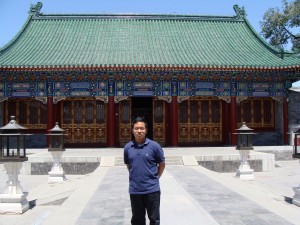
Prince Gong's Ceremonial Hall, which often received several foreign dignitaries and ambassadors.
One of the most prevalent things that we noticed immediately was the fact that there were no westerners in the complex. Of the couple hundreds of people we saw touring the place, everybody was either from another part of China or some other Asian country. Thus, it leads me to believe that Prince Gong’s Mansion may be one of the lesser-known jewels of this city.
In other news, I went and got myself a cell phone for use in China. My gosh, I am so very glad that I had a fluent Chinese speaker with me, China does mobile much differently from America. Whereas in America, most providers will activate your phone for you digitally, in China, when getting a celly, one needs the hardware (phone) and a SIM card. A SIM card is a device that stores your contacts and your phone number itself. Neither will work without the other. There’s really only one carrier of mobile technology, China Mobile, even though there’s many makers of phones and there are all kinds of phones for sale if you go to the right place.
This is too much info to put into one part though, the next part will be coming soon!

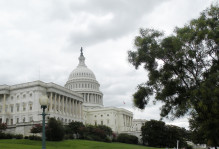
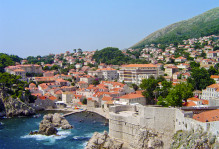
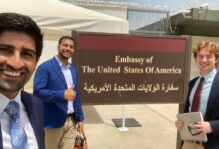
No comments.
Comments are currently closed. Comments are closed on all posts older than one year, and for those in our archive.